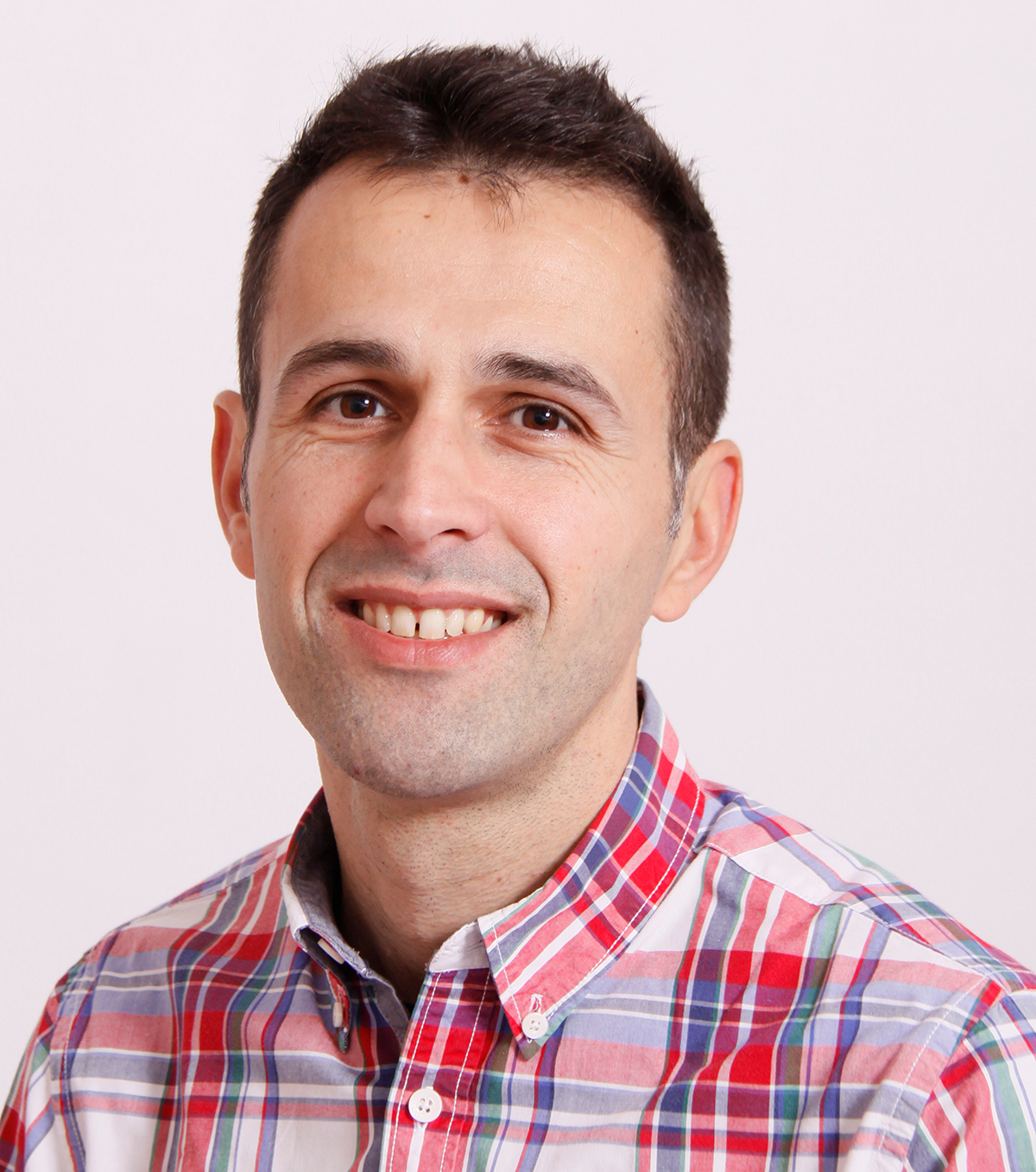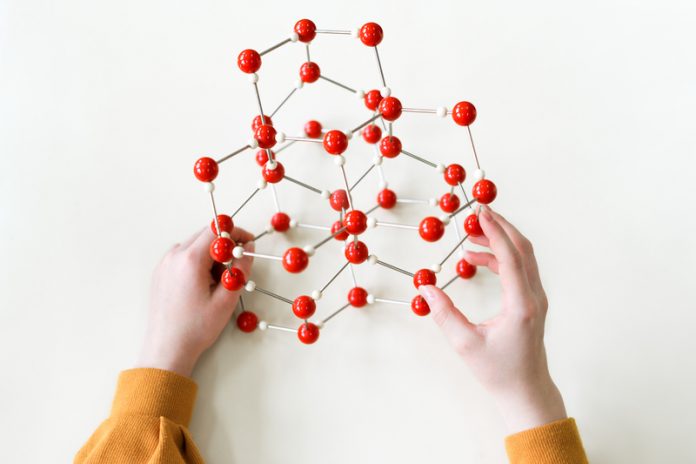Francesco Mutti, Professor of Biocatalysis at the University of Amsterdam’s Van’t Hoff Institute for Molecular Sciences (HIMS) highlights an aspect of molecular science that concerns the sustainable manufacturing of chiral amines
Chirality (derived from Greek “hand”) is a geometric property of some molecules, in particular, organic molecules. A chiral molecule is not superposable with its mirror image in the same way as a right hand is not superposable with a left hand. These two “mirror images” of the same molecule are defined as enantiomers. Chirality is at the base of life on Earth, as molecules in pure enantiomeric form compose any living organism. That has important consequences, especially in the production of pharmaceuticals, which impact upon their therapeutic properties via specific molecular interactions with “chiral biological architectures” like cellular receptors, or proteins, or nucleic acids, etc.
Thus, just one enantiomer of a molecule is very often associated with a desired pharmacological activity, whereas the other enantiomer is inactive or has even adverse biological effects. A tragic historical example is the molecule Thalidomide, commonly prescribed as a mixture of enantiomers between 1950 and 1960. One enantiomer possesses the desired anti-depression activity, while the other enantiomer is highly teratogenic. Consequently, it is in many cases of extreme importance to produce bioactive compounds in a single and pure enantiomeric form.
α-Chiral amines, organic compounds in which the core amine moiety (-NH2) is connected to a chiral carbon atom, constitute the most widely used intermediates for the production of active pharmaceutical ingredients, fine chemicals and agrochemicals. For instance, about 40% of the chiral drugs sold on the market possess a chiral amine as the structural core. However, efficient chemical synthesis of simpler, non-chiral amines is also of high interest for the manufacturing of polymers, dyes, pigments, emulsifiers and plasticising agents.
Chiral and non-chiral amines are classically synthesised industrially through lengthy and inefficient chemical routes that produce copious amount of waste, consume a considerable amount of energy, require harsh conditions and involve unsustainable transition metal catalysts. Furthermore, as a classical synthesis of α-chiral amines is often not selective because mixtures of enantiomers are obtained and as such, additional purification steps are required.
BioSusAmin project
The Biocatalysis group at the University of Amsterdam (HIMS-Biocat) is working towards solving these challenges in their ERC-StG-2014 project (BioSusAmin), entitled: “The design and development of efficient biocatalytic cascades and biosynthetic pathways for the sustainable production of amines”. One of the objectives of the project is the creation of a new class of enzymes, called amine dehydrogenases, which enable the synthesis of α-chiral amines as single enantiomers as well as non-chiral amines from inexpensive carbonyl compounds.1 The enzymatic reaction operates under very mild conditions (aqueous buffer, room temperature, atmospheric pressure) and generates a minimal amount of waste. HIMS-Biocat researchers start by analysing the crystal structure of known enzymes with defined properties and performing computational studies. Based on these in silico studies, exiting enzymatic scaffolds are rationally mutated through molecular biology techniques to obtain the final biocatalyst that is required for a specific transformation. The ultimate goal of HIMS-Biocat researchers is to create a tool-box of amine dehydrogenases capable of transforming structurally diverse molecules into amines of industrial interest.
Another important aspect is the availability of renewable material for the synthesis of amines. On one hand, amines are scarce in nature. On the other hand, the common chemical precursors for the synthesis of amines (ketones and aldehydes) are mainly obtained by processing and chemical transformations from petrol. Conversely, renewable bio-based molecules almost ubiquitously contain alcohol groups. Hence, the direct conversion of alcohol starting material into chiral and non-chiral amines is a major objective of the BioSusAmin project.
HIMS-Biocat researchers have demonstrated the feasibility of the biocatalytic process by converting a set of structurally diverse alcohols into amines (as single enantiomer) using a tandem combination of two enzymes: one alcohol dehydrogenase with one amine dehydrogenase.2 The process possesses the maximum resource efficiency as it converts an alcohol directly to an amine, consuming only ammonia and generating water as the sole by-product. A follow-up study using co-immobilised enzymes demonstrated that the system is economically viable as recycling of the enzymes for few cycles in the batch was accomplished.3 HIMS-Biocat researchers expect that the implementation of their process in flow reactors will permit to meet the economic requirement for industrial applications.
Another advantage of enzyme catalysis compared to chemo-catalysis is the fact that enzymes are generally compatible with each other. Thus, multiple biocatalytic reactions can be carried out sequentially in a single reaction vessel (in vitro) or in a microbial host cell (in vivo) without isolation of intermediates. This approach emulates nature, wherein metabolic pathways are generated by an elegant orchestration of biocatalytic cascades. New metabolic pathways that do not exist in nature can be created by combining enzymes originated from different organisms and/or man-made engineered enzymes.
Following this concept, the BioSusAmin project aims at creating new biocatalytic pathways for the conversion of the starting material encompassing the minimum number of biochemical steps and avoiding intermediate work-ups, such as purification and isolation. In particular, the biochemical steps along the pathway are running sequentially and simultaneously, from one step to the other without stopping. Such an approach permits to significantly reduce waste as well as manufacturing time and maximise profits.4
The BioSusAmin project and other related projects will contribute to the development of a new generation of (bio)chemical processes that will reduce the impact of human activity on the environment, will make our society less dependent on non-renewable resources and allow for the reduction of energy consumption in chemical manufacturing.
Increasing resource efficiency is also a fundamental aspect for securing growth and jobs as it will bring major economic opportunities, improve productivity, drive down costs and boost competitiveness. In this context, a biocatalytic solution to chemical problems can play a pivotal role. In summary, BioSusAmin and other related projects underpin the quality of life in many areas, such as the sustainable manufacture of chemicals, healthcare, energy, environment and the creation of new job opportunities.
References
1 Knaus, T., Böhmer, W. & Mutti, F. G. Amine dehydrogenases: efficient biocatalysts for the reductive amination of carbonyl compounds. Green Chem. 19, 453-463, doi:10.1039/c6gc01987k (2017).
2 Mutti, F. G., Knaus, T., Scrutton, N. S., Breuer, M. & Turner, N. J. Conversion of alcohols to enantiopure amines through dual-enzyme hydrogen-borrowing cascades. Science 349, 1525-1529, doi:10.1126/science.aac9283 (2015).
3 Böhmer, W., Knaus, T. & Mutti, F. G. Hydrogen-Borrowing Alcohol Bioamination with Coimmobilized Dehydrogenases. ChemCatChem, 10, 731-735 doi:10.1002/cctc.201701366 (2018).
4 Knaus, T., Cariati, L., Masman, M. F. & Mutti, F. G. In vitro biocatalytic pathway design: orthogonal network for the quantitative and stereospecific amination of alcohols. Org. Biomol. Chem. 15, 8313-8325, doi:10.1039/c7ob01927k (2017).

Please note: this is a commercial profile
Francesco Mutti
Professor of Biocatalysis
The University of Amsterdam,
Van’t Hoff Institute for Molecular Sciences, HIMS-Biocat group
Tel: +31 (0)205 258 264
www.twitter.com/F_Mutti_science
www.linkedin.com/in/francesco-mutti-03b756aa/?trk=public-profile-join-page











